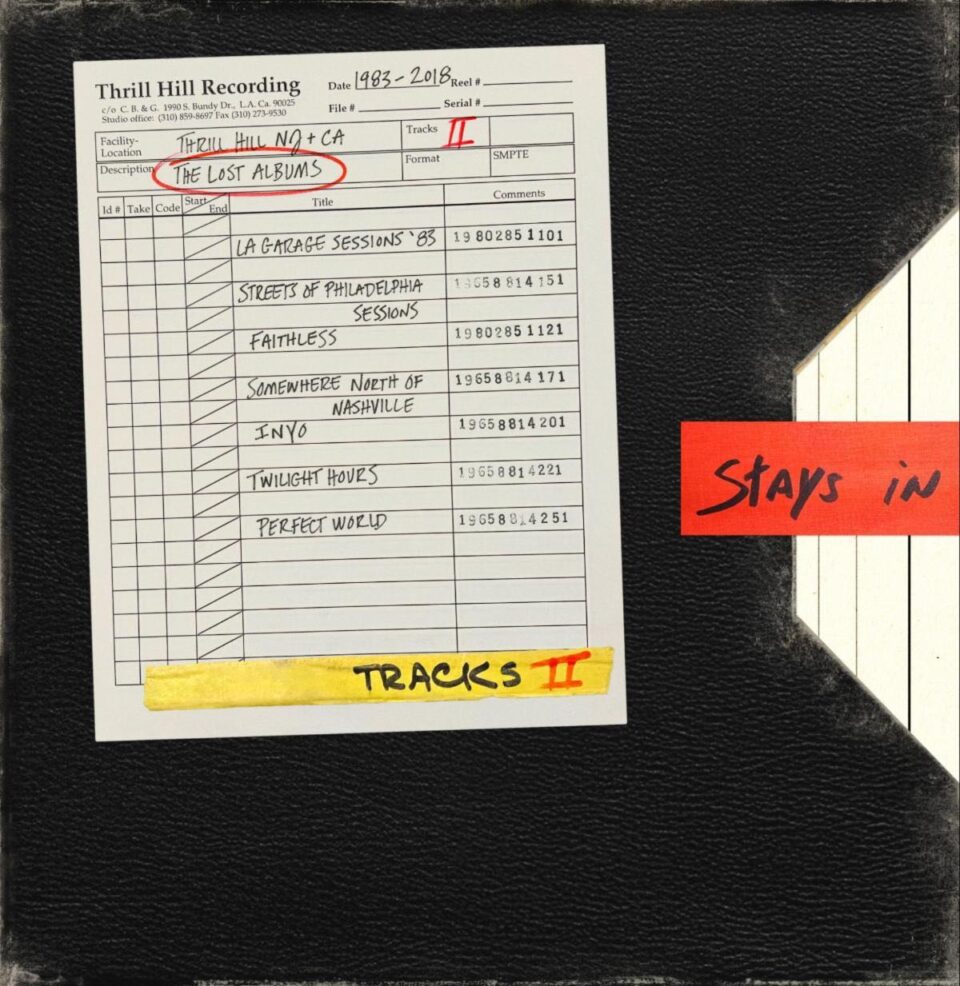House of Harm
Playground
AVANT!
Boston-based trio House of Harm have been making shadow pop inspired by the ’80s and early ’90s goth scenes since their 2017 inception, and the group continues along with their post-punk leanings on their new sophomore effort, Playground—albeit with a bit of a twist. For those looking for reverent homage to The Cure, House of Harm comes pretty close to replicating that sound. Yet they don’t come across as strict Robert Smith acolytes by any stretch on the new LP, as they add their own take to the genre: Midwest emo vocal work not found within their set of influences.
What could be chalked up as purely a nostalgia act at first glance is actually a bit more complex. House of Harm combines goth with emo—the former a genre and culture that helped inspire the latter—resulting in a post-punk sound that feels anachronistic, yet at the same time uniquely contemporary. Vocalist Michael Rocheford’s distinctive singing on Playground moves away from the monotone vocals of earlier work like “Cuts You Inside” from a 2017 demo collection, which aped the singing styles of Joy Division’s Ian Curtis and Depeche Mode’s Dave Gahan.
Although inconsistent at times, Playground scratches a unique itch. Opening track “Before the Line” sounds like it could’ve been on Disintegration with its large wall of guitar, synths, and reverb swallowing the listener whole. Although The Cure serve as an obvious inspiration, House of Harm also takes cues from other ’80s acts: On “Ignore the Taste,” they replicate Echo and the Bunnymen’s bluesy guitar riffs and dancey bass lines to create the catchiest song on the album. This ’80s pop jam crescendos with a well-placed, reverb-drenched guitar solo—one that doesn’t quite fit the style of the rest of the album, but still works.
Although a few tracks from Playground just barely miss the mark, the tracks that hit make it worth the listen. It’s a fun nostalgia ride that plays with expectations just enough to keep your attention. If you’re looking to explore the modern post-punk scene—or impress a goth crush—House of Harm may be a good place to start.









